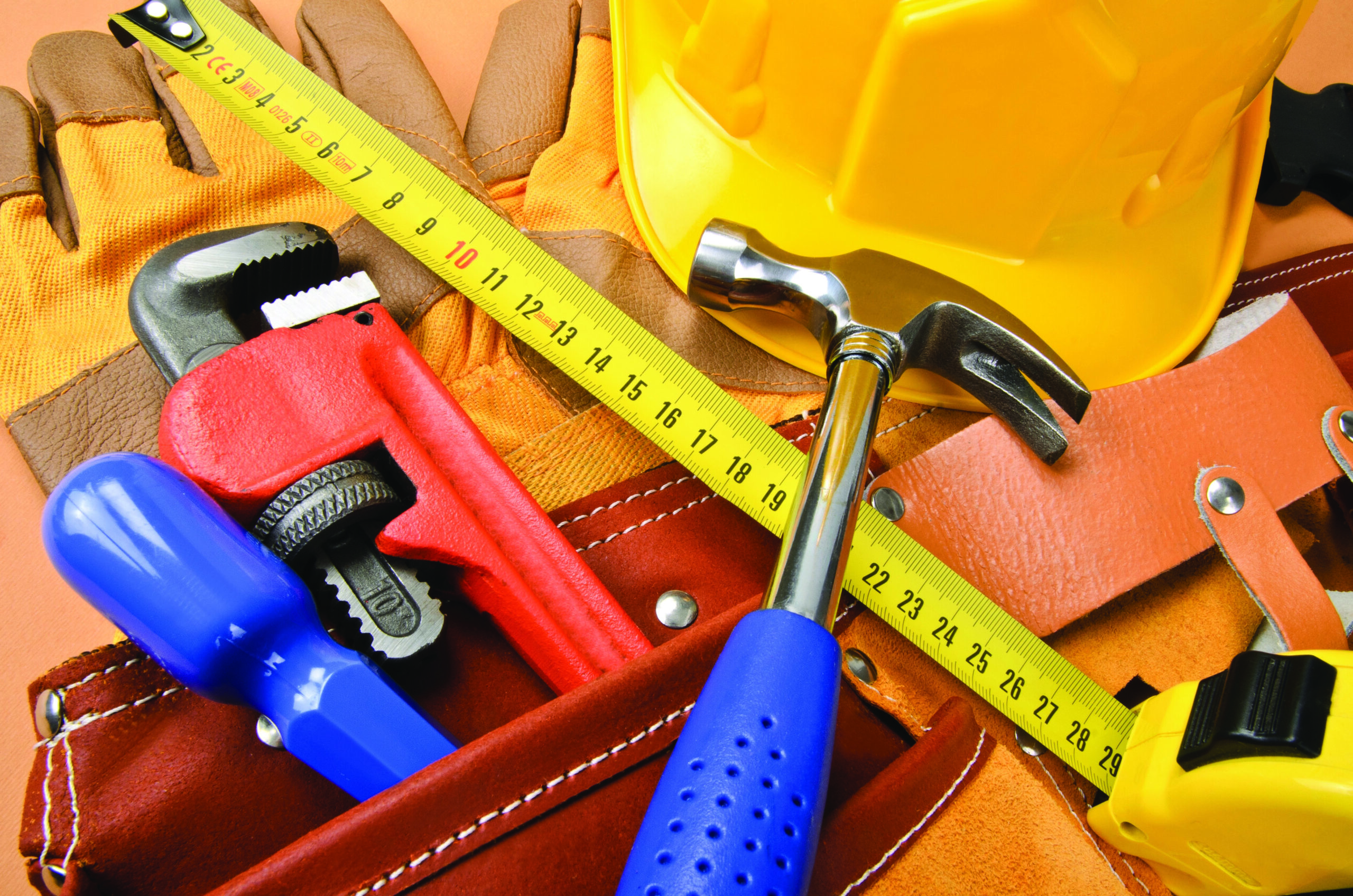by Diane Masiello
Stress is a state of mind. Thus, the best tools to relieve stress are those which draw attention away from thoughts and activate one or more of the five senses.
Exercise: All physical movement—walking, running, dancing, yoga, gardening, playing tag with the kids, cleaning counters, mopping floors—helps relieve stress. The latest data from the Center for Disease Control recommends an average of 30 minutes of exercise a day, five days a week, depending on intensity. These minutes can be done all at once or spread out over the day. Some exercise scientists say that taking a five-minute dance break six times a day is a great choice.
Music: Music can motivate, energize, center and calm. Creating a soundtrack for various times of day can cue the mind into different performance states. Dance hits or action movie soundtracks can inspire energy for chores, errands and exercise. Songs from teenage years can bring back feelings that distract from current worries. Classical music enhances focus, and nature sounds can help wind down after a long day.
Aromatherapy: Essential oils and diffusers are popular right now, but herbal teas are a fantastic— and hydrating—alternative. Since most herbal teas have no caffeine, they don’t create the jitters that can often be misinterpreted as anxiety. Whether choosing to use essential oils or teas, the best scents to use for stress relief are lavender, rose, chamomile and lemon. Peppermint, while also calming, increases alertness and focus.
Massage: The power of physical touch for stress-relief cannot be understated. Even simply hugging a loved one for 20 seconds releases oxytocin, which improves mood, slows the heart rate and lowers blood pressure. Massage therapy is another excellent way to relieve tension and release toxins from muscles, but acupressure mats and foam rollers are good, too. Acupressure mats are covered with raised, hard, plastic points and can help with headaches, sciatica and neck pain. Foam rollers provide self-administered soft-tissue massage and can specifically target painful areas.
Weighted blankets: People suffering from anxiety and insomnia swear by weighted blankets, which help them feel more secure, so they more fully relax and toss and turn less. These blankets weigh anywhere between five and thirty pounds, and they can be costly, so finding the right one takes research. Most say a good starting point is a blanket that weighs about 10% of the sleeper’s body weight. A 150-lb. person would thus want a 15-lb. blanket.
Fidget toys: Zen gardens, fidget spinners, stress balls and magnetic toys promote calm in spaces where physical movement is limited. But anything from a smooth stone to a soft piece of fabric can be physically grounding in stressful situations. Rubber bands, paper clips and erasers are all items close to hand for most people, but toys are a lot more fun and visually pleasing.
Journaling: Studies have shown journaling clears the mind, enhances well-being, creates self-awareness, boosts the immune system, helps with problemsolving and decision-making and promotes action instead of rumination. Experts suggest starting with five minutes a day of continuous writing with no worry about spelling, grammar, or punctuation—the journal is for the writer’s eyes only and it is for processing, not presenting. Write about whatever comes to mind, which will most likely be problems, concerns and feelings, but can also be joys, successes and achievements. The key is to get the emotions and thoughts out of mind and onto the page where they can then be viewed and analyzed.
Entertainment: Mental health experts prefer those suffering from stress to confront their problems rather than distract themselves. Nevertheless, sometimes there is no quick way to resolve an issue. At those times, it’s okay to watch movies or television shows, especially those that prompt a strong emotional response. Laughter releases feel-good endorphins and suspends the release of stress hormones. Crying also promotes endorphin release, and analysis shows emotional tears contain stress hormones and toxins releasing from the body. Some studies even show video games are useful stress-management tools. The easily achievable in-game tasks provide instant gratification and dopamine release, and immersion in a video game world puts players in a state of flow and mindfulness while puzzle-solving. As with all entertainment, however, moderation is key. Days of binge-watching or marathon gaming sessions can often lead to greater stress and depression.
Arts and crafts: For those who prefer to express themselves through visual media, arts and crafts can be an excellent way to relieve stress. The repetitive motion of knitting or crocheting can bring people to a state of flow where they can create without overthinking. Painting or drawing can work like journaling to help get emotions and concerns out of mind and onto a canvas. Stepping away from the day’s analytical tasks to something more creative and expressive stimulates other parts of the brain. It can lead to clarity of thought and better management of negative emotions.
Mindfulness and Meditation: Meditation and mindfulness exercises—breathing, focusing on the present moment, letting emotions come and go rather than dwelling on them—are probably the best way to manage stress. In fact, all nine tools mentioned above are designed to create mindful spaces in the day by focusing on the here and now, rather than allowing the mind to dwell on the past or worry about the future. A quick online search can provide anyone interested in more serious mindfulness practices with lots of helpful apps; Shine, Calm, Headspace and Ten Percent Happier are just a few. Most offer free trials that allow limited access to their resources and intermittently offer reduced subscription prices.








Leave A Comment